Travel Begins at 40 looks at the relationship between climate change and tourism by comparing various modes of travelling to your next destination.
Asking yourself what’s the greenest way to travel is a fair question, given that transport-induced carbon dioxide (CO2) is one of the primary greenhouse gasses (GHGs) in our atmosphere that trap heat, causing the so-called greenhouse effect. According to the UN Environment Programme, GHG emissions from transport are growing faster than those from any other sector, with tourism taking up a big chunk of that.
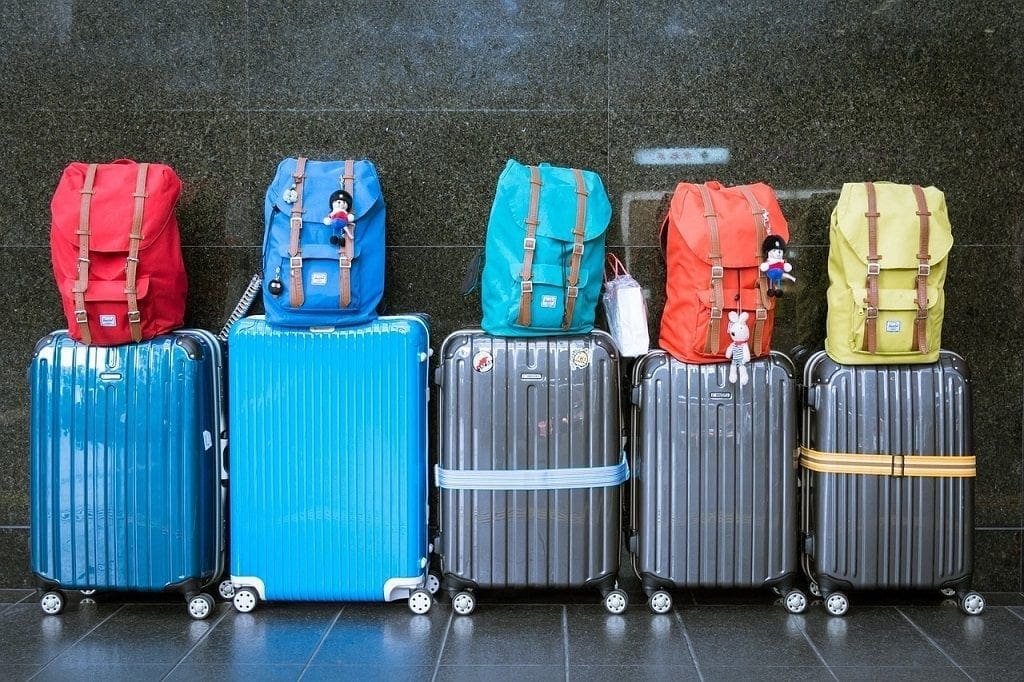
Finding out the greenest way to travel can be complex to get right. According to a European Environment Agency (EEA) graph, planes are 20 times worse than trains per transport kilometre. However, it becomes very complicated once you take into account variables such as number of passengers, the energy source of your train, your plane’s altitude and flight path, which airline you’ve chosen, length of the journey, etc. Throw a variety of cars (petrol, diesel, LPG and electric) into the equation, as well as travelling by coach and ferry, and your calculator starts overheating.
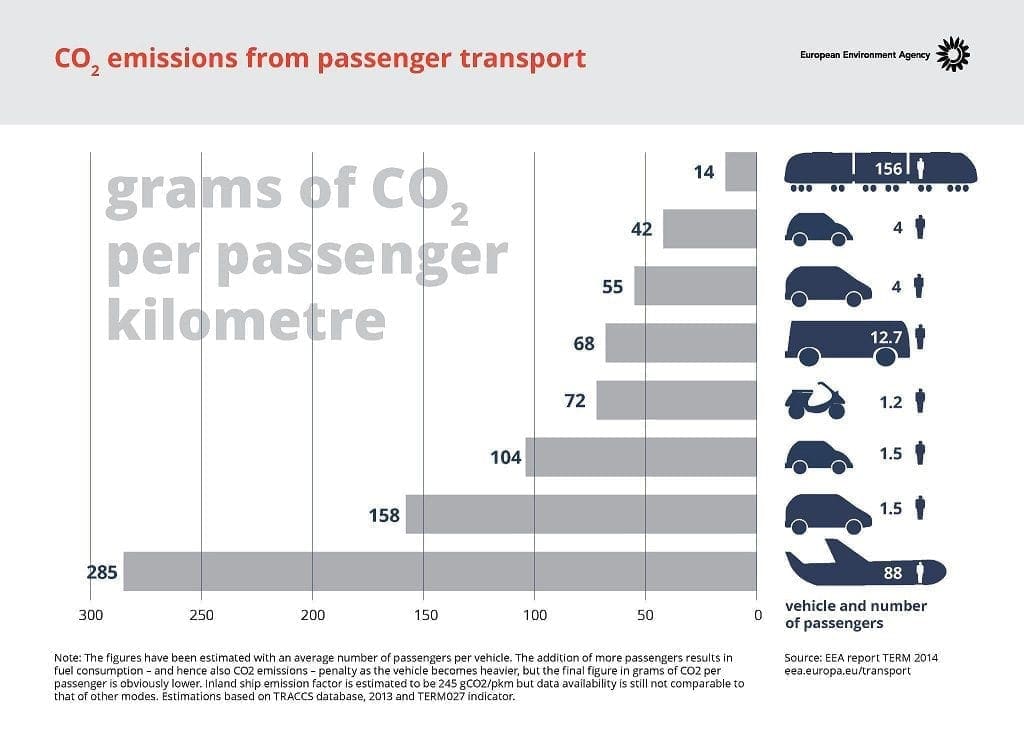
Climate change and tourism: trains vs planes
Almost always, trains come out the most favourable, but there can be significant variations. Much depends on their energy source. For example an electrical train in France or Belgium – both countries where more than half of their energy mix comes from nuclear energy and less than 5% from coal and oil – will be significantly less emitting than an electrical train in Poland or Estonia where 80-90% of the energy mix comes from fossil fuel-burning plants.
However, diesel trains can emit twice the amount of carbon than electrical trains. But if your Sunday morning rural train in France is only occupied at 10% of its capacity and your weekday peak-hour train in Poland is completely full, then the emissions per person may be similar.

Plane travel, on the other hand, is often the most damaging means of transport for the atmosphere, but variations here are no less complex. As the most fuel-intensive phases happen during take-off and landing, short flights are usually more polluting per kilometre, yet in absolute terms a long-haul flight will be worse for the atmosphere as it uses more energy in the end. Not only that, long-haul flights tend to fly at higher altitudes where something called radiative forcing kicks in. This is the extra negative impact of other, non-CO2 greenhouse gasses (water vapour, nitrogen oxides and others) when planes fly above 9,000 metres.
Read our Q&A with the No Fly movement in the UK and Sweden.
Scientists differ about how much these contribute to global warming but many estimate their impact to be two to four times higher than that of CO2 alone – the cooling of America after all planes were grounded during 9/11 is sometimes used as an example. Since the effect varies a lot depending on atmospheric conditions, the harmful effect of radiative forcing also depends on the flight route you’re taking.
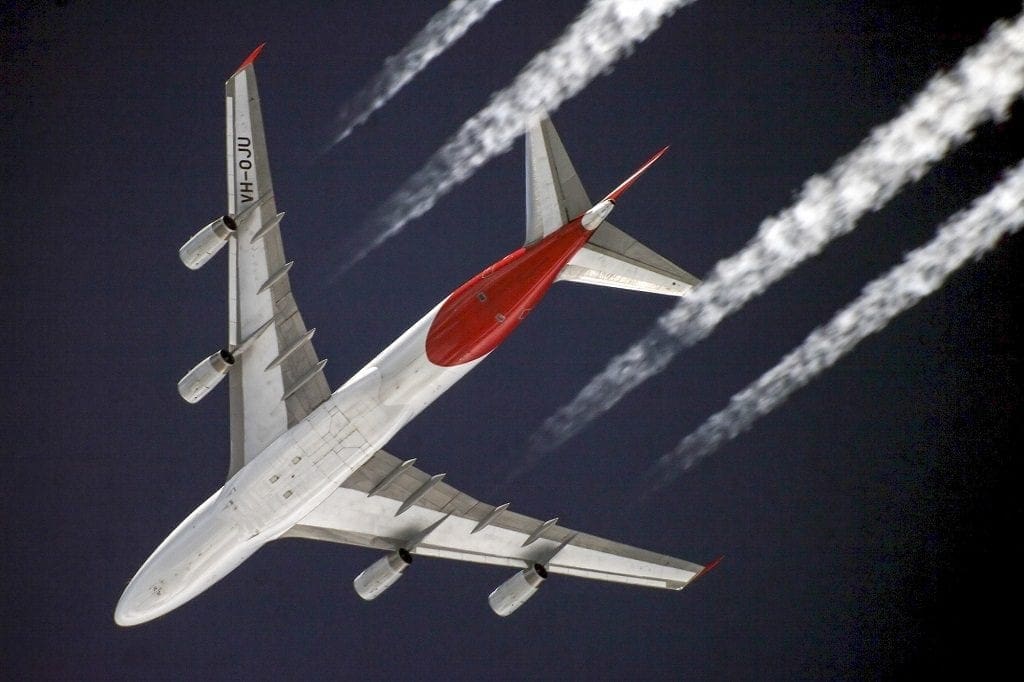
Since new aircraft tend to be more fuel-efficient, your carbon emissions will also depend on which airline you’re flying with. However, and to make things really complicated, increased fuel-efficiency means cheaper flights, which in turn means more flights as more people can afford them – so yet more emissions. This is an effect called the Jevons paradox, which also happens with cars.
If you must fly, read our article on How to Reduce your Carbon Footprint When Flying and our guide on How to Carbon Offset your trip.
Lastly, your individual carbon emission contribution depends on how full the plane is and whether you’re travelling in economy, business or first class. In the latter two you occupy respectively three and four times more space than in economy, which means a higher individual emission rate. So if you’re flying squished like a sardine in economy in a full plane, you should rejoice.
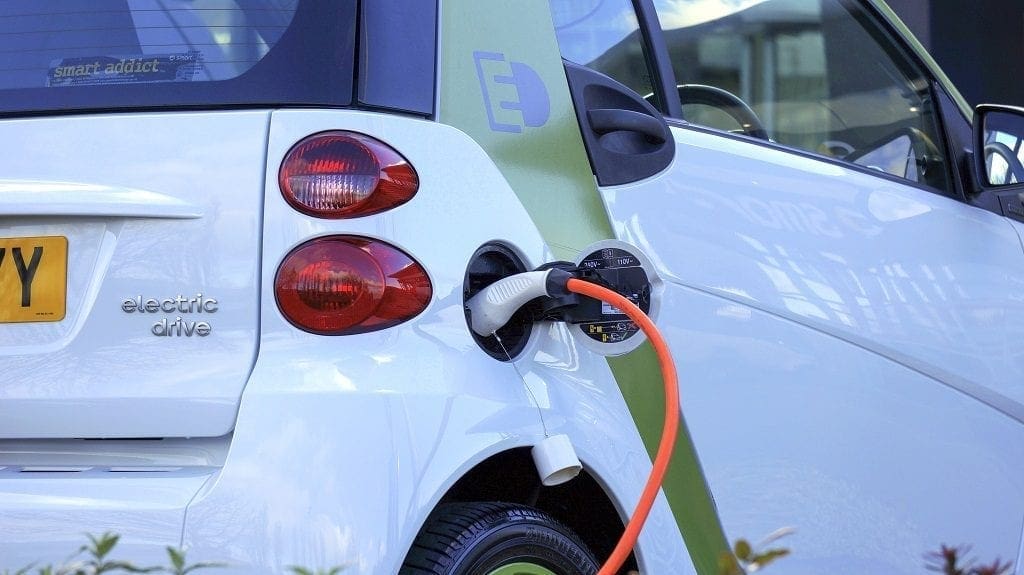
Climate change and tourism: road travel
In terms of its harmful effect on global warming, travelling by car or coach usually falls somewhere in between the relatively clean train and the black sheep that is the plane. For plane enthusiasts, the ‘good’ news is that in some circumstances cars are worse than planes.
For example, if you travel from London to Madrid, it’s more polluting driving the 12.5-hour journey alone by car than taking a direct flight – but not if you take two passengers with you which drastically reduces your carbon emissions per person per km. Of course, the size and make of your car, and its engine play a big role too. For example, if that same car is powered by electrical battery, it beats all other modes of transport including the train, even if you’re driving on your own. The number of passengers is also the reason why travelling by modern coach is often a very good alternative if you find the train too expensive, provided it’s relatively full.
Climate Change and tourism: boat travel
Finally, travelling by boat could be anything between emitting nearly no emissions, all the way to being the worst offender. If you follow the example of climate-activist Greta Thunberg and travel on a zero-emissions sailing boat, you’re doing pretty well. Taking a cruise liner to cross the ocean, on the other hand, is as bad as it gets – both in terms of CO2 emissions which often are multiples of those of a long-haul flight, and other important environmental destruction including the disposal of trash, sewage and toxic fuel directly into the ocean.
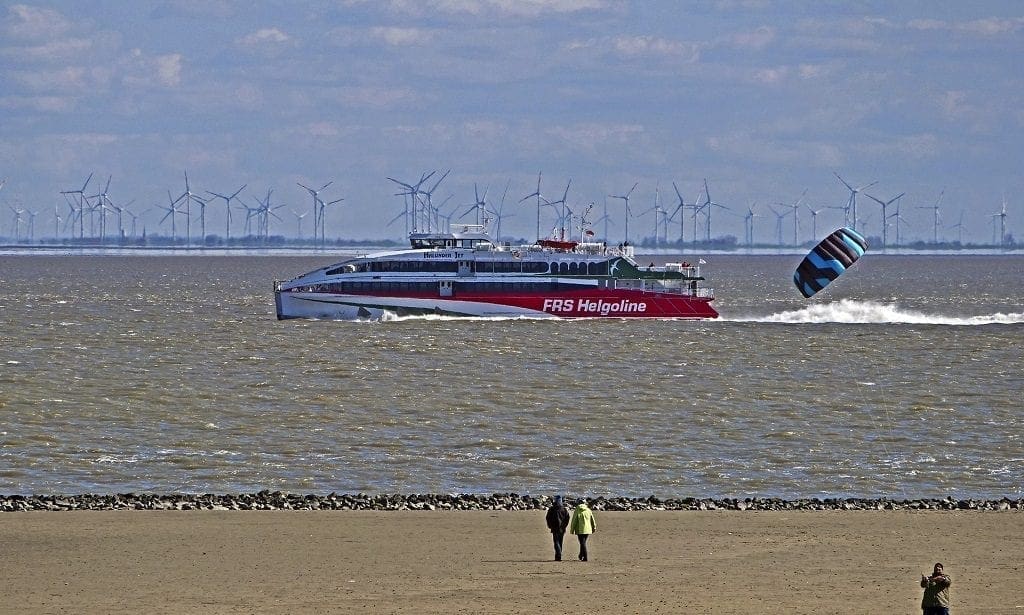
However, modern ferries for example, can be quite green and a good alternative to taking a plane, even if you account for onward travel by land from the port you disembark to your destination. And if you take the ferry as a car-less passenger, your emissions per kilometre are even lower.
Calculating your greenest travel route
Given all of the above ifs and whens, trying to figure out what is the greenest way of travel for your holidays can be a daunting task. Luckily there are plenty of online carbon footprint calculators, and one of the most impressive is Ecopassenger. It allows you to input your route as well as your date and time of travel, and compares plane, train and car travel across Europe. After the results appear you can make adjustments for vehicle class, engine and number of passengers if you travel by car, select an electricity mix for railways, and choose whether or not to include radiative forcing for airlines.
Unfortunately, it doesn’t yet calculate domestic travel within the UK, but if you travel from London to a destination in mainland Europe, it does all the work for you.
Bon voyage.